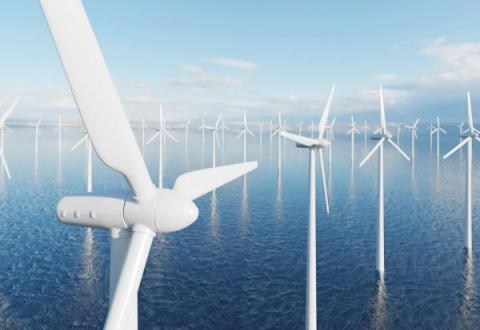
Title: Post Durban: Moving to a fragmented carbon market world?
Language: English
Type: Document
Nature: Laws and Regulations
Published: December 20, 2011
Region: Global
Country: Global / Non-Specific
Topic: Climate-Smart
Keywords: PPPs by Topic *, Climate Smart **, Carbon, Renewable Energy
Document Link(s):
Document(s):
Document Summary:
Post Durban: Moving to a fragmented carbon market world?
Document Details:
The agreements recently struck during the COP 17 global climate change negotiations in Durban, South Africa, from November 29th to December 9th, bring us to a new crossroads.
The outcome of Durban will influence whether the initial Cartesian vision of a global carbon market and one single price for carbon, which emerged from the Kyoto Protocol but was never accomplished, is to receive a new impetus, or whether we are heading towards a long period of building through a bottom-up approach, which may or may not lead to a unitary carbon market in the future.
The emergence of greenhouse gas (GHG) emissions markets was the direct result of the United Nations Framework Convention on Climate Change (UNFCCC) and the Kyoto Protocol (KP), which included in its provision three articles that provided for the creation of offsets and the trading of these units:
• Article 12, the Clean Development Mechanism (Certified Emissions Reductions or CERs),
• Article 6, Joint Implementation (Emissions Reduction Units or ERUs) and
• Article 17, emissions trading for Assigned Amount Units Assigned (AAUs), which are emissions rights that are allocated to the Parties to the KP. They are good for Parties to comply with the KP and good for corporate obligations in Japan, but they are not valid compliance instruments under the EU Emissions Trading System (EU ETS).
In order to meet KP obligations, the EU set up the EU ETS, a domestic cap and trade system for about 15,000 installations inside the EU that were constrained in their CO2 emissions, and which could also use some KP units, CERs and ERUs under certain conditions, to meet their obligations.
Focusing on the initial vision of a global carbon market, what has emerged so far is the beginning of a fragmented carbon market. The activities of the EU and Japan in the carbon market and their use of Kyoto Protocol-recognised units were driven by their obligations stemming from the Protocol. Thus, trade in EUAs, CERs, ERUs and AAUs, representing the vast bulk of GHG market activity, was largely confined to the EU, Japan and the developing countries.
© 2011 Centre for European Policy Studies (CEPS)
Download:
Author: Andrei Marcu
Series: CEPS Commentaries
Publisher: Centre for European Policy Studies (CEPS), Brussels, Belgium
Tracking Number: PostDurban_2011_English
Updated: